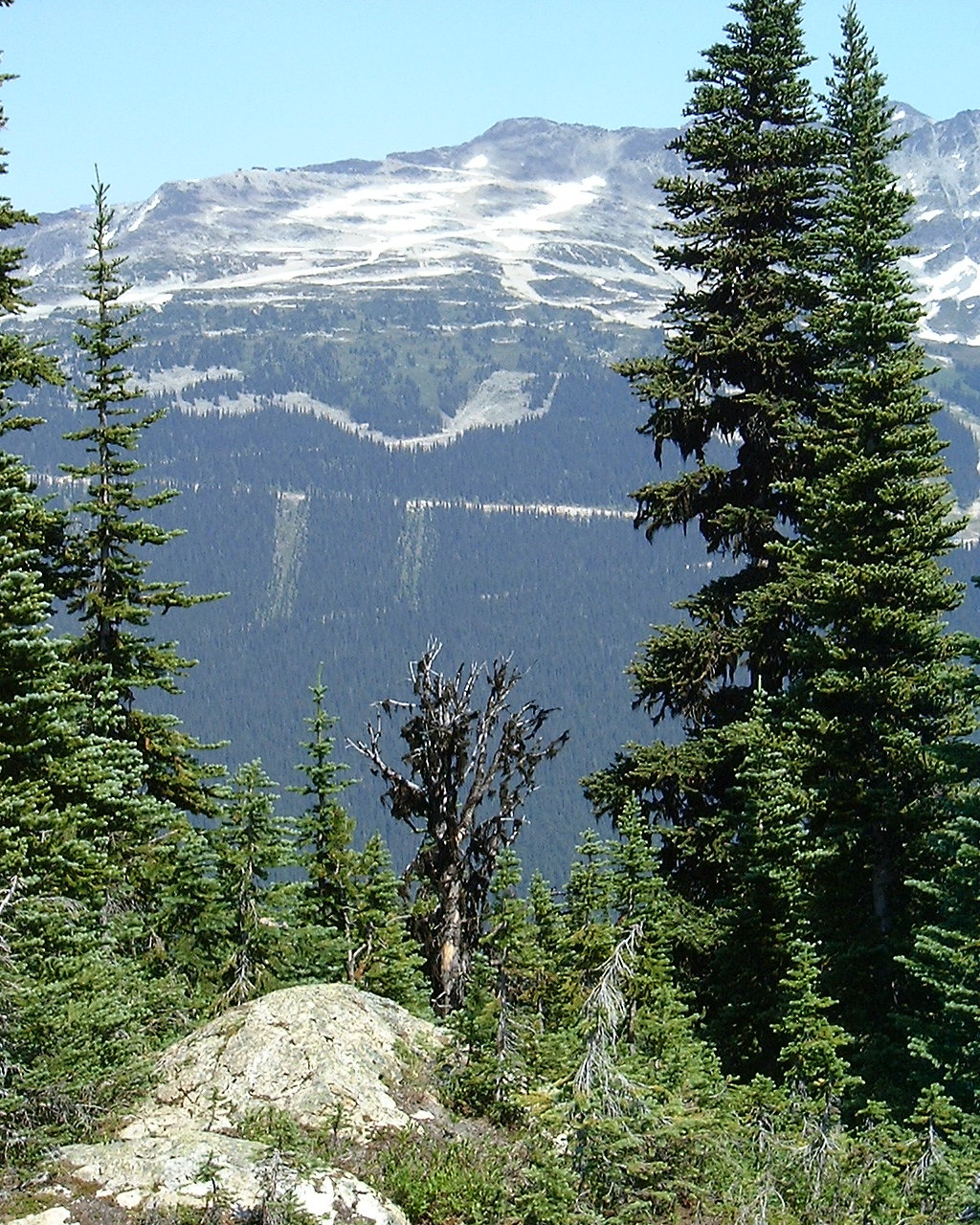Forest genetic conservation research
The conservation of forest tree genetics has gained enormous attention around the world due to the increasing focus on sustainability. Forest genetic conservation is critical to maintaining stewardship responsibilities in British Columbia.
The B.C. government undertakes both theoretical research and the practical applications of genetic conservation activities. Government scientists advise the province’s chief forester on genetic resource management issues in seed supply, timber supply analysis, deployment and planning.
On this page
Background
In the early 1980s, genetic conservation strategies emerged within the forest genetics community, including approaches for operational tree breeding. However, many agencies and programs were not able to address forest genetic conservation at the time, as the methodology of tree improvement was still developing from crop species techniques.
Genetic conservation has been discussed for many years in conservation literature, but for a long time there were few practical initiatives. People believed it was prudent to maintain wild populations such as protected parklands, but our understanding of their utility for genetic conservation was limited to representing a given ecosystem or providing habitat for a species. Short and long-term selection experiments showed that ample genetic variation was still preserved even in small breeding populations of maize, fruit flies and other species, even after many generations of selection.
We are only now beginning to understand the genetic implications of protected areas and population sizes needed to maintain adaptive capacity in forests over the long term. These issues are especially pressing in light of predicted changes in climate and resulting impacts on species and populations within protected areas.
Cataloguing project
Since 1996, the area and local resources protected in parks and reserves in B.C. have more than doubled from six percent to over 12 percent, representing a wide range of habitats.
At the University of British Columbia (UBC), a cataloging project was undertaken to re-examine the conservation status of forest tree gene resources using geographic information systems (GIS) and newer inventory databases since the initial survey.
The UBC Cataloguing Project represents an important milestone in documenting baseline status of on-site conservation of forest tree genetic resources in B.C. The data and subsequent reporting functions help evaluate whether conservation gaps are being filled and help revise the analysis as additional inventory data becomes available.
Achievements of the project include:
- Documenting and spatially delineating progeny tests and other research installations as primary inter situ populations in the conservation plan for each species
- Evaluating the potential effects of various climate change scenarios on currently identified in situ reserves, for various species in different seed planning zones or biogeoclimatic units
- Developing methodology and ground-truthing key in situ populations for model species with varying distributions
- Supporting program development and planning to fill in the gaps identified in the cataloguing project, revise species range models, and ultimately provide valuable input to agencies and regional governments to prioritize areas for conservation

Dead whitebark pine near Whistler, B.C.
